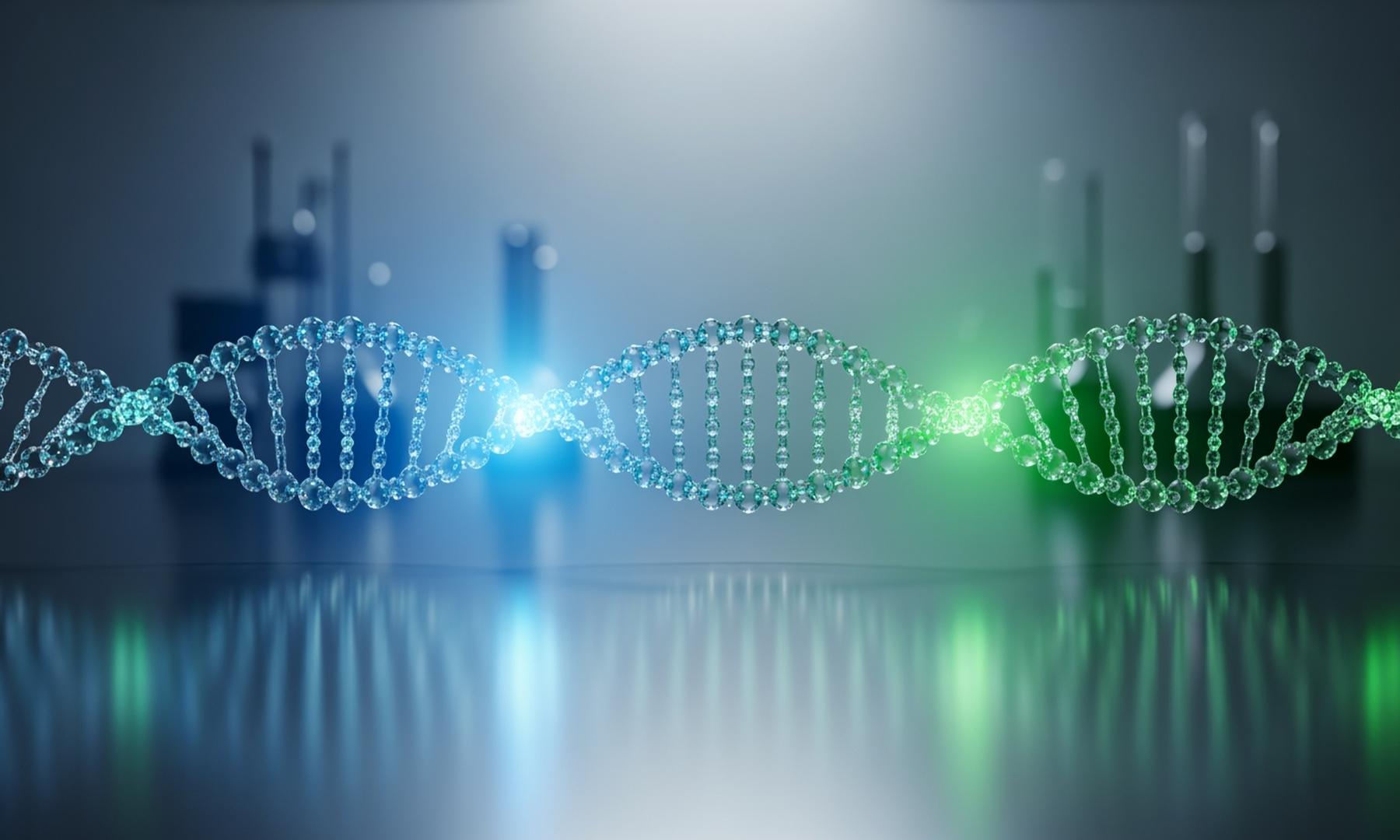What's Happening?
Microbes that have been frozen in permafrost for approximately 40,000 years are being revived and are starting to release carbon dioxide as they thaw. This research, led by Tristan Caro at the California Institute of Technology, focuses on how these dormant
microbes endure frozen, low oxygen conditions and switch back to active growth. The study was conducted using samples from a research tunnel near Fairbanks, Alaska, where the frozen ground records ancient climates and ecosystems. The thawing of these microbes poses a potential threat as they release heat-trapping gases into the atmosphere during warmer seasons. The research highlights the significant stockpile of organic carbon stored in northern soils, which could contribute to climate change if released.
Why It's Important?
The revival of ancient microbes and their subsequent release of carbon dioxide is significant because it could exacerbate climate change. As the Arctic warms faster than the global average, longer warm seasons allow deeper layers of permafrost to thaw, potentially creating a feedback loop where warming fuels further warming. This process could lead to increased emissions of carbon dioxide and methane, both of which are potent greenhouse gases. Understanding the behavior of these microbes is crucial for climate models and for predicting how climate systems will respond to rapid Arctic changes. The findings underscore the importance of monitoring thaw depth, gas flux, and microbial activity to better forecast climate impacts and inform mitigation strategies.
What's Next?
Future research will likely focus on tracking thaw depth, gas emissions, and microbial activity to refine climate models and improve predictions. Engineers may need to develop better maps of ice-rich layers to plan infrastructure that can withstand longer thaws and higher settlement risks. Additionally, distinguishing between old gas bubbles and new microbial emissions during field surveys will be essential for accurately estimating climate risks and prioritizing mitigation efforts. The study suggests that extending the warm season could push deep microbes into full activity, accelerating carbon release and impacting climate targets.
Beyond the Headlines
The study highlights the complex interactions between ancient microbial communities and modern climate dynamics. As these microbes become active, they reorganize and form biofilms, which could alter soil ecosystems and nutrient cycles. The research also points to the need for interdisciplinary approaches, combining geobiology, climate science, and engineering to address the challenges posed by thawing permafrost. Understanding these processes is vital for developing effective climate policies and infrastructure planning in Arctic regions.
















